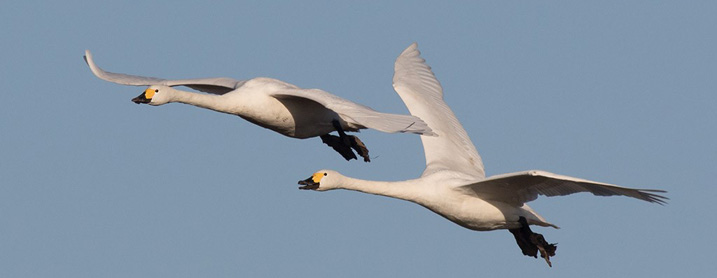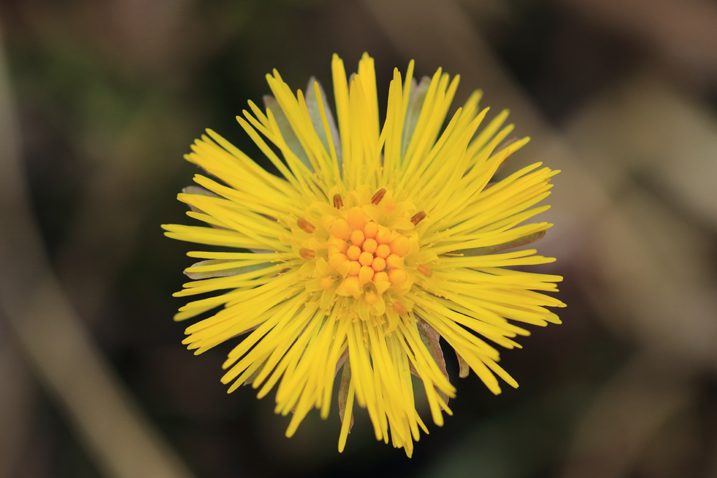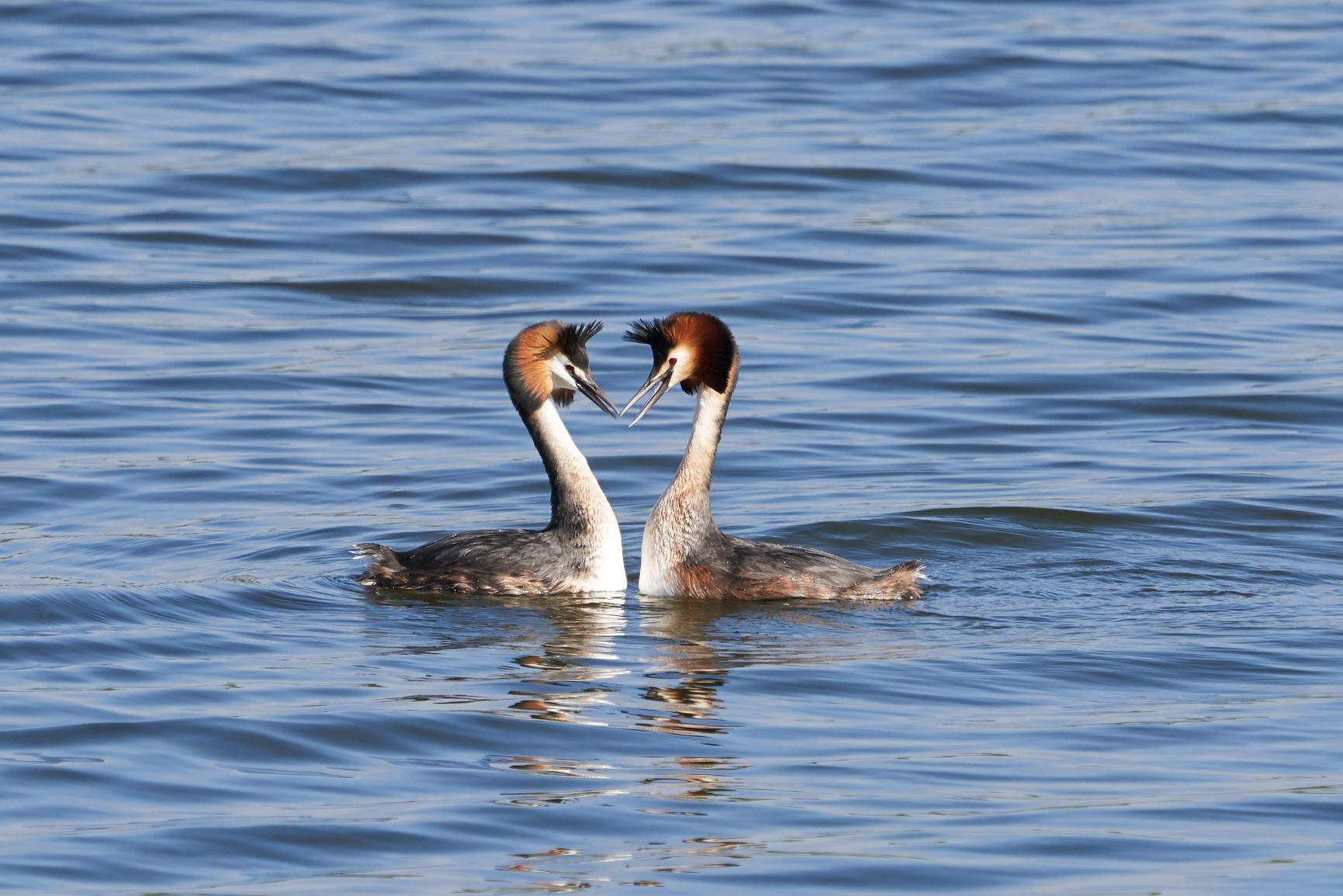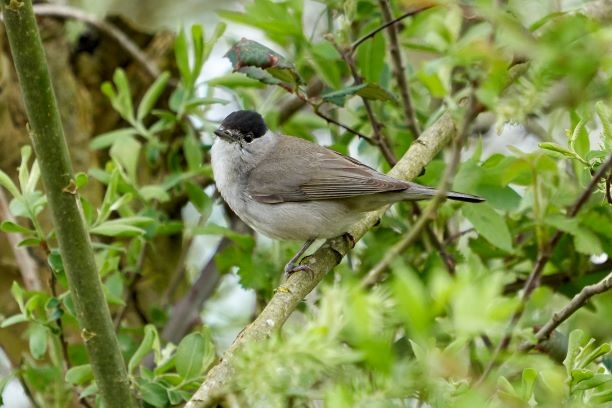Bewick’s swans slow to arrive this winter

Swan counts have revealed that numbers of Bewick’s swans are very low for this point in the season at WWT Welney Wetland Centre. The most recent count carried out in December has shown that 147 Bewick’s swans are currently using the wetlands of the Ouse Washes in Norfolk and Cambridgeshire.
This winter, Bewick’s swans are finding more food throughout Europe, which is giving them opportunities to continue feeding up rather than pushing on with their migration. The availability of food and fresh water is due to a lack of snow fall and mild temperatures in countries further east along the flyway.
Bewick’s swans migrate to the UK from Arctic Russia, where they spend the summer breeding season. Initially they pass through Estonia, Latvia and Lithuania, where we believe many of the swans may still be, then on to Poland, Germany and finally the Netherlands. Reports from Dutch swan experts show that they have only 2,000 Bewick’s swans currently, compared with 6,000 at this point last year. The Bewick’s swans that have arrived here already are settling in for the winter amongst 7,078 whooper swans. So there is by no means a shortage of swans in the area.
Hetty Grant, Warden at WWT Welney, said:
“A cold front on the continent may force the Bewick’s further west, and then we could potentially see an influx in January, if conditions change.
“The swans counts that are staff and volunteers undertake, feed into international data. This gives us an accurate view of where swans are stopping along the flyway, showing the population, feeding habits and climate preference.
“Anyone can assist with gathering this information by reporting leg rings, so make sure you keep an eye out.”
During the day the swans are feeding on the arable land of the Fens, and it doesn’t take long driving between the local towns and villages, to spot a flock of white swans against the brown fields of sugar beet tops and cereal stubs. Monitoring of the flocks by staff and volunteers of WWT includes identifying individual swans by the unique leg rings or neck collars fitted to a sample of the population. Recording sightings of ringed swans helps us monitor the survival trends of these birds. Any reports of ringed birds from members of the public are actively helping us to monitor these birds. If you see a ringed swan let us know the colour and code on the ring, along with the date and location of the bird and your details by emailing colourmarkedswans@wwt.org.uk.
Present conditions on the wetlands at WWT Welney are that there is relatively low water levels. Pools of water in front of the hides and a few shallow flooded washes around the reserve are the current roosting options for the swans, meaning that a few prime locations on the reserve are the best spots for viewing the Bewick’s swans.
Bewick’s swans are followed and studied by experts along their flyway. Some of these experts will be at the Festival of Swans weekend at WWT Welney on Sat 20 & Sun 21 January. This will be the perfect opportunity for visitors to find out more about the rarest swan species found in the UK.


